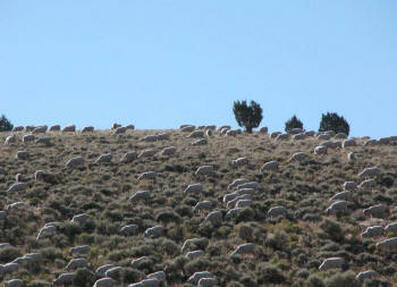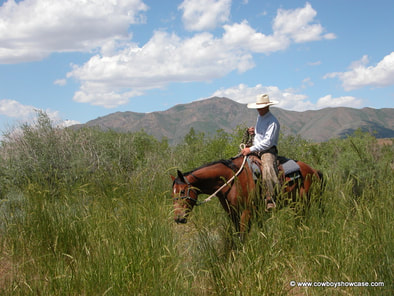Fire-Proofing the Range

After several years of devastating range and forest fires in the American West, from Malibu to Montana, razing thousands of square miles of both private and public lands, people question the results of years of range "management" by public agencies. The contention of the effected ranchers and land users is that the current course is not working. They believe they are the ones who are closest to the land and often know what it needs better than folks who only visit it occasionally. Using enlightened self-interest, the land users, with advice from the range managers, could begin a course of limited grazing in the spring time and plantings of less volatile grasses that would help break the horrifying cycle of fire that is destroying public land grazing, ranches that depend upon it, and millions of dollars worth of private property and costing millions of dollars in fire suppression.
"For public land management agencies, standard practice is to delay grazing on burned areas for a minimum of 2 years, and apply fire rehabilitation practices (seed). The 2-year grazing moratorium has not been validated by research." Below is a link to a 16-page research report sponsored by the University of Nevada on post-fire grazing and seeding, for those of you who may be interested in further information. "Results indicated that each allotment should be individually evaluated for appropriateness of grazing and seeding after fire, and that blanket recommendations are inappropriate."
Here is a report by Mary Branscomb, Lamoille, Nevada, from the November 2006 Nevada Cattlemen's/Woolgrowers' annual state meeting. In Elko County alone, (where the meeting took place), over 950,000 acres (nearly 1,480 square miles) were destroyed impacting wildlife, livestock, and wild horses during 2006.
CATTLEMEN HEAR ABOUT WILDFIRES:
|
| ||||||

